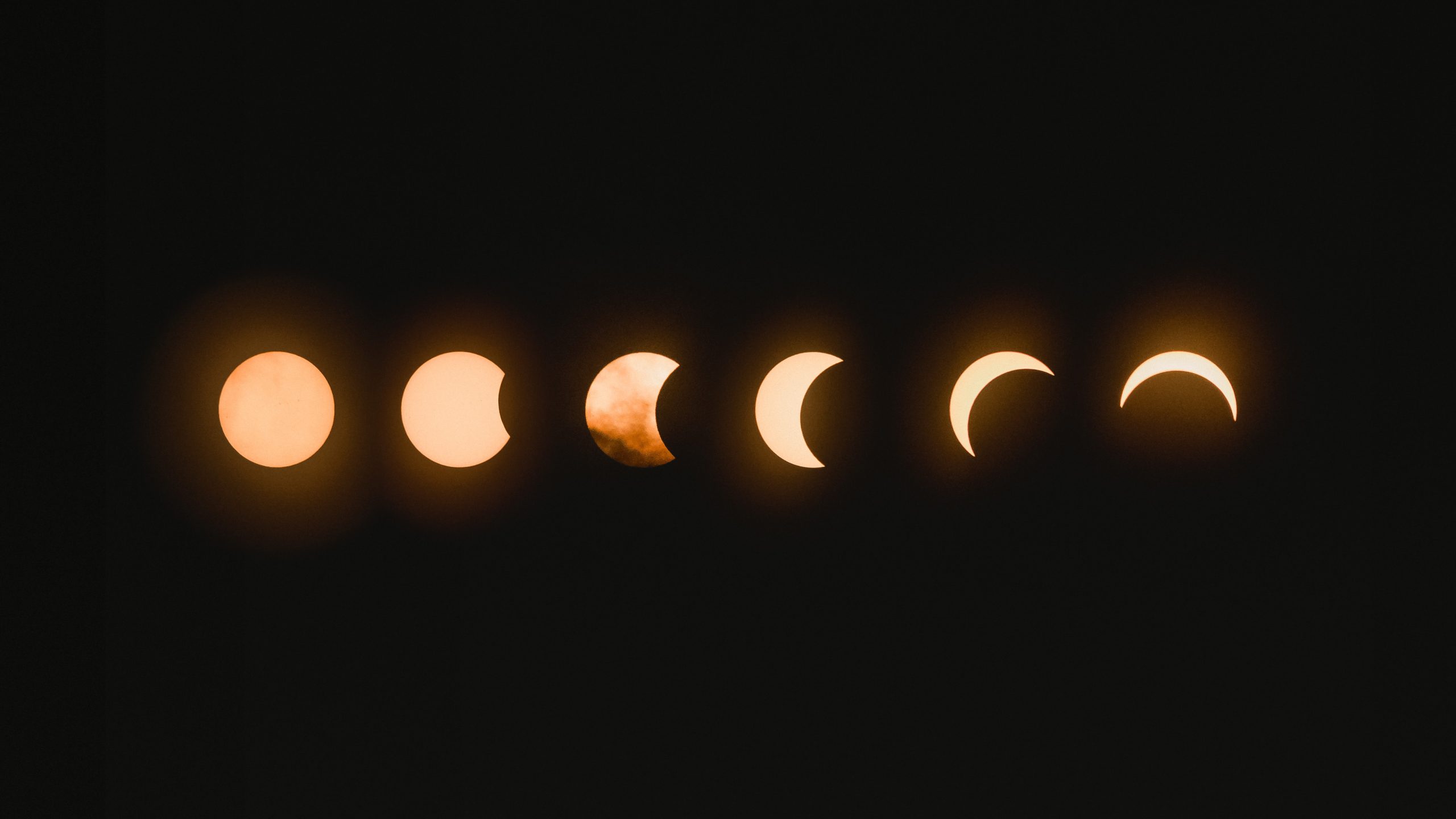Exploring Waxing Gibbous Moon Time: A Guide to the Lunar Phase
The moon, our closest celestial neighbor, has mesmerized humanity for centuries. Its ever-changing appearance has inspired myths, folktales, and scientific discoveries. One of the most intriguing phases of the moon is the waxing gibbous. In this blog post, we will delve into the world of waxing gibbous moon time, exploring its characteristics, significance, and how to observe it. So, let’s embark on an astronomical journey and unlock the secrets of the waxing gibbous moon!
Understanding the Lunar Phases
Before we dive into the particulars of the waxing gibbous moon, it is essential to comprehend the lunar phases. The moon undergoes a continuous cycle of eight distinct phases as it orbits around the Earth. These phases are the result of the interplay between the Sun, Earth, and our celestial companion.
Starting from the new moon, the moon gradually progresses through the phases, illuminating the night sky along the way. The waxing gibbous phase sits between the first quarter moon and the full moon, representing a crucial step towards the moon’s complete illumination.
The Waxing Gibbous Moon: Definition and Appearance
The term “waxing” refers to an increase in the amount of the moon’s visible surface illuminated by sunlight. In the case of the waxing gibbous moon, more than half but less than fully (100%) of the moon is lit. This phase occurs just after the first quarter moon, when nearly half of the moon is visible.
During the waxing gibbous phase, the moon beautifully showcases its curved shape, appearing as a partially illuminated disk in the night sky. The bright, crescent-shaped portion of the moon expands steadily towards fullness. While the waxing gibbous moon may not inspire moonlit walks as romantic as the full moon does, it has its own allure and significance.
Significance of the Waxing Gibbous Moon
Ancient cultures attributed spiritual and agricultural significance to every phase of the moon, including the waxing gibbous. Here are some fascinating aspects of the waxing gibbous moon:
- The Journey towards Fullness: The waxing gibbous phase symbolizes growth and progress. It is a time of building energy and momentum, representing positive change and advancement.
- Cultivating Intentions: As the moon grows, so does our ability to manifest desires and intentions. The waxing gibbous moon is considered an opportune period for focusing on personal growth, nurturing relationships, and working towards goals.
- Nature’s Cycles: Farmers and gardeners often consult lunar calendars to determine the best time for planting and harvesting crops. The waxing gibbous moon is associated with productivity, making it an ideal time for sowing seeds or tending to plants.
- Astrological Observations: In astrology, the waxing gibbous moon holds significance in various aspects of life. It is associated with progress, taking action, and making steady advancements in personal or professional endeavors.
The waxing gibbous moon’s symbolism and significance vary across cultures and belief systems. Nevertheless, its prominence as an intermediary phase on the path to full moon makes it a fascinating period to observe and reflect upon.
Observing the Waxing Gibbous Moon
Observing the waxing gibbous moon can be a rewarding and enjoyable experience for skywatchers and astronomy enthusiasts. Here are some tips to enhance your lunar observations:
- Choose the Right Time: The waxing gibbous moon is visible during the evening and night hours, gradually rising higher as the night progresses. Check your local moonrise time to plan your observation.
- Find an Open Space: Locate a spot away from city lights or other sources of light pollution to maximize your visibility. An open field, a rooftop, or a hilltop can offer an excellent vantage point to observe and photograph the moon.
- Use Binoculars or a Telescope: While the moon can be observed with the naked eye, using binoculars or a small telescope allows you to appreciate its intricate details. Explore the lunar craters, maria, and other surface features during the waxing gibbous phase.
- Capture the Moment: If you have a camera with manual controls, experiment with different exposure settings to capture stunning photographs of the moon. Techniques such as lunar stacking can bring out finer details of the moon’s surface.
- Keep a Moon Journal: Maintain a journal to document your observations and reflections on the waxing gibbous moon and its impact on your life. Note the date, time, weather conditions, and any thoughts or insights that arise during your lunar exploration.
Remember, observing the moon is a delightful and immersive experience. Take the time to absorb its beauty, contemplate its significance, and connect with a timeless celestial presence.
In Conclusion
The waxing gibbous moon is a captivating phase that bridges the gap between the first quarter moon and the full moon. Signifying progress, growth, and manifestation, this lunar phase has enthralled countless generations. By understanding the waxing gibbous moon, we gain insight into the rhythm of nature and our own journey towards fruition.
Make time to pause and gaze at the waxing gibbous moon, appreciating its radiance and the wonders of the universe. Let this intermediary phase inspire you to sow the seeds of progress and fulfillment in your own life, harnessing the moon’s energy to achieve your dreams.
Happy moon watching!
Table of Contents
